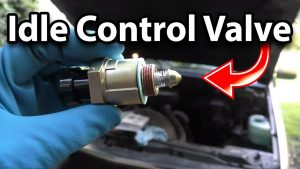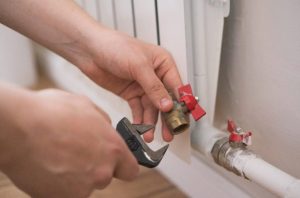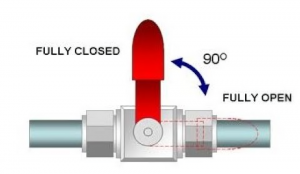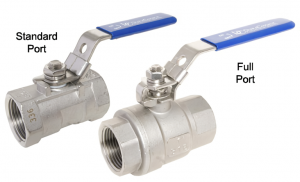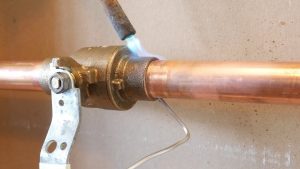With the rapid development of science and technology, with the continuous improvement of production technology and product structure, forged ball valve has become the main valve in the daily use of the industrial sector in a very short time. For some industry veterans, the forged ball valve is very familiar, but for some industry novices, the forged ball valve is not familiar. Next, let’s talk about the forged ball valve.
What is a Forging Ball Valve?
The Forging Floating and Trunnion Ball Valve product line includes premium features and special options that deliver performance and longevity in the most demanding applications. All designs are fire-safe test approved and actuation ready. Forged ball valves are also available in Double Block & Bleed designs and in custom configurations such as the cryogenic extended bonnet or with special actuation.
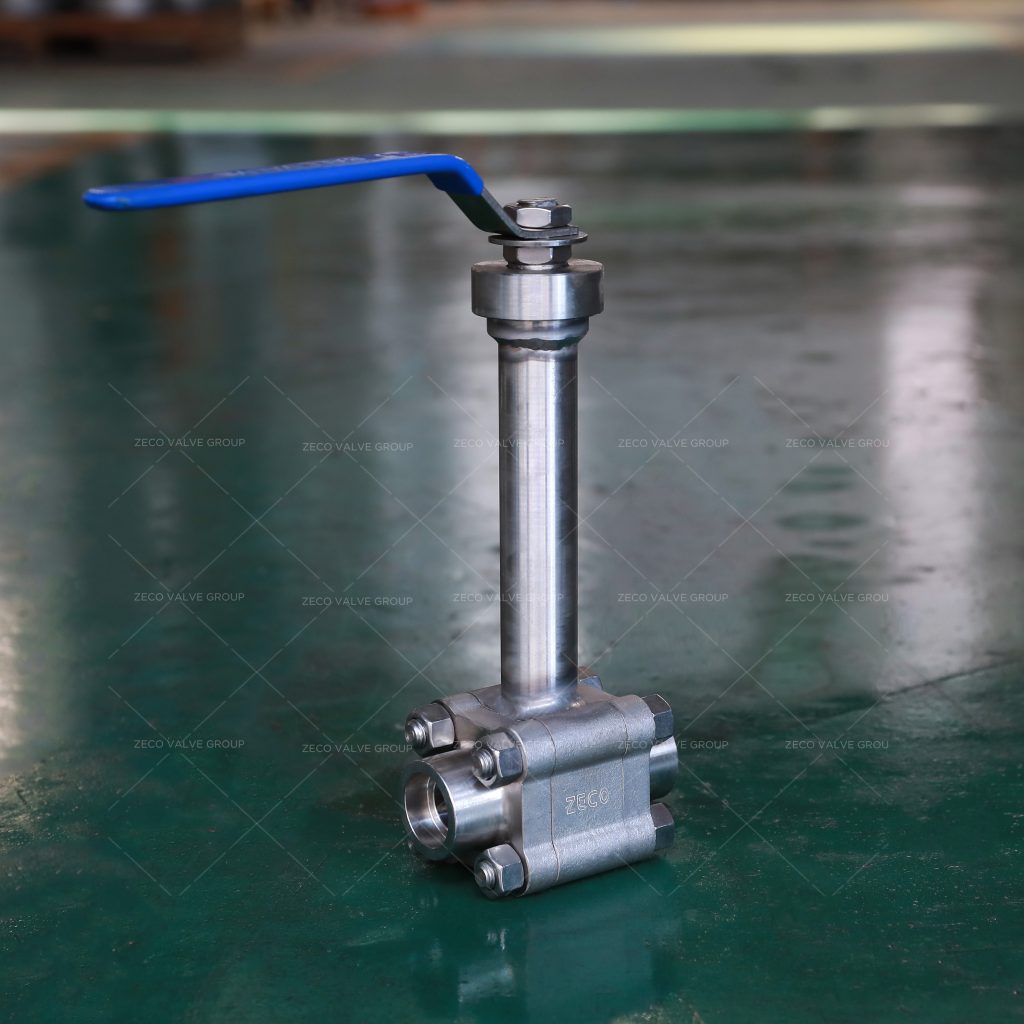
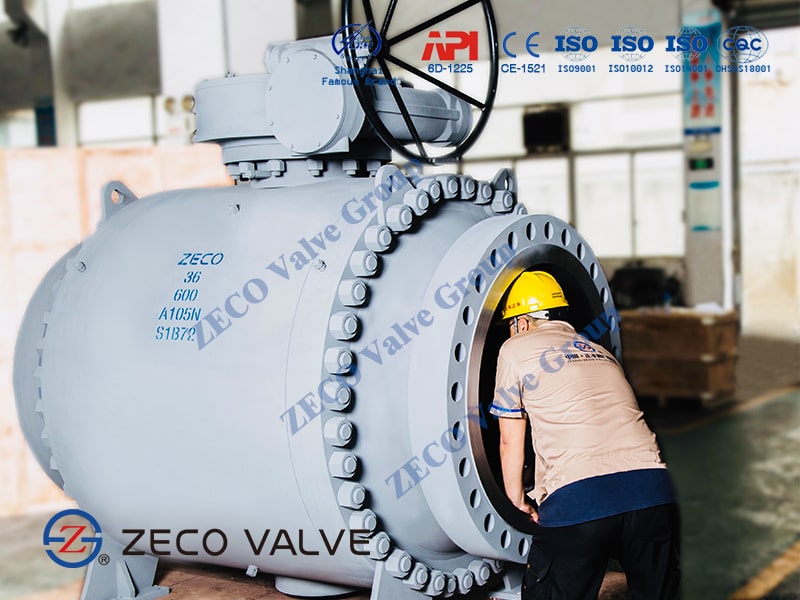
Types of Forged Ball Valve
First of all, it is known that forged ball valve is generally divided into two kinds, one is a low-pressure forged ball valve, and the other is a high-pressure forged ball valve. We also need to know the working principle of forged ball valve very well. It makes the valve unblocked or blocked by rotating the valve stem. In the use process, it can also be made into a large caliber, which greatly facilitates the use of the industrial sector. It has the advantages of small volume, reliable sealing, simple structure, and convenient maintenance. Most importantly, it is not easy to be eroded by various media, so it is suitable for chemical, oil, natural gas, metallurgy, and other industries, and has been widely used in these industries.
High Pressure Forged Ball Valve
Next, let’s talk about one of the forged ball valves, which is the high-pressure forged ball valve. It is designed to meet the needs of users to use forged ball valves in a sulfurized environment. Thus, it is much stronger than the same type of ball valve in terms of anti-corrosion and anti-vulcanization. In addition, it is much stronger than the same type of ball valve in terms of fire protection, anti-static and good sealing. The other type is a forged ball valve. It is mainly used to cut off, distribute and change the direction of medium flow on the pipeline. There is also its large pivot structure, which can ensure the accuracy to the center of the ball under high pressure, and ensure the good operating performance of the valve. It is more convenient for the employees of industrial sector personnel when operating. Finally, it should be emphasized that these two kinds of forged ball valves have the advantages of excellent performance, high reliability, wide use, and reasonable price.
Design of Forging Ball Valve
| Design Standard | BS EN ISO 17292 (BS 5351) / BS EN ISO 12516 / BS EN 1983 / ASME B 16.34 / API 6D / API 608 |
|---|---|
| Inspection & Testing Standard | BS EN ISO 12266 – I (BS 6755 – I) / API 598 |
| Fire Safe Testing Standard | BS EN ISO 12266 – II / API 607 |
| Flange to Flange Distance | As Per ANSI B 16.10 / EN 558 |
| End Connection | Screwed / Threaded End to ANSI B 1.20.1 Socket Weld End to ANSI B 16.11 Butt Weld End to ANSI B 16.25 |
| Manufacturing Size Range | 1/2″ (DN15) to 48″(DN 1200) |
| Pressure Rating of Valve | 150# – 2500# |
| Valve Operation | Manual Hand Lever / Worm-Gear Actuator Operated / Electric Actuator |
Advantages of Forging Ball Valve
Secondly, forged ball valves, three-way ball valves, and stainless steel ball valves share some advantages. When they are used, you will find that their fluid resistance is small, and their resistance coefficient is equal to the pipe section of the same length. It is simple in structure, small in size, and light in weight. In the use process, you will find it very convenient. It is easy to operate, open and close quickly, and it is convenient for remote control.
BOM for Forging Ball Valve
| Body & End Piece | ASTM A 105 – Forged Carbon Steel |
| 304 / 304L Forged Stainless Steel ASTM A 182 F 304 / F 304L – | |
| ASTM A 182 F 316 / F 316L – Forged Stainless Steel 316 / 316L | |
| ASTM A 182 F 11 / F 22 – Alloy Steel | |
| Ball | ASTM A 351 GR. CF 8 / CF 8M (SS 304 / SS 316) |
| ASTM A 182 F304 / F316 (SS 304 / SS 316) | |
| ASTM A 351 GR. CF 3 / CF 3M (SS 304L / SS 316L) | |
| ASTM A 182 F304L / F316L (SS 304L / SS 316L) | |
| Stem | 304 / 316 (SS 304 / SS 316) – ASTM A 276 T |
| 304L / 316L (SS 304L / SS 316L) – ASTM A 276 T | |
| ASTM A 276 T – 410 (SS 410) | |
| Ball Seat & Body Seal | PTFE Virgin / 25% Glass Filled – GFT / Carbon Filled – CFT |
| PEEK / Delrin / Grafoil – Graphite Ring | |
| Gland Packing | PTFE Virgin / 25% Glass Filled – GFT / Carbon Filled – CFT |
| Grafoil – Graphite Ring | |
| Stud & Nut | ASTM A 193 GR. B7 / A 194 GR. 2H |
| S.S. 304 / S.S. 316 |






